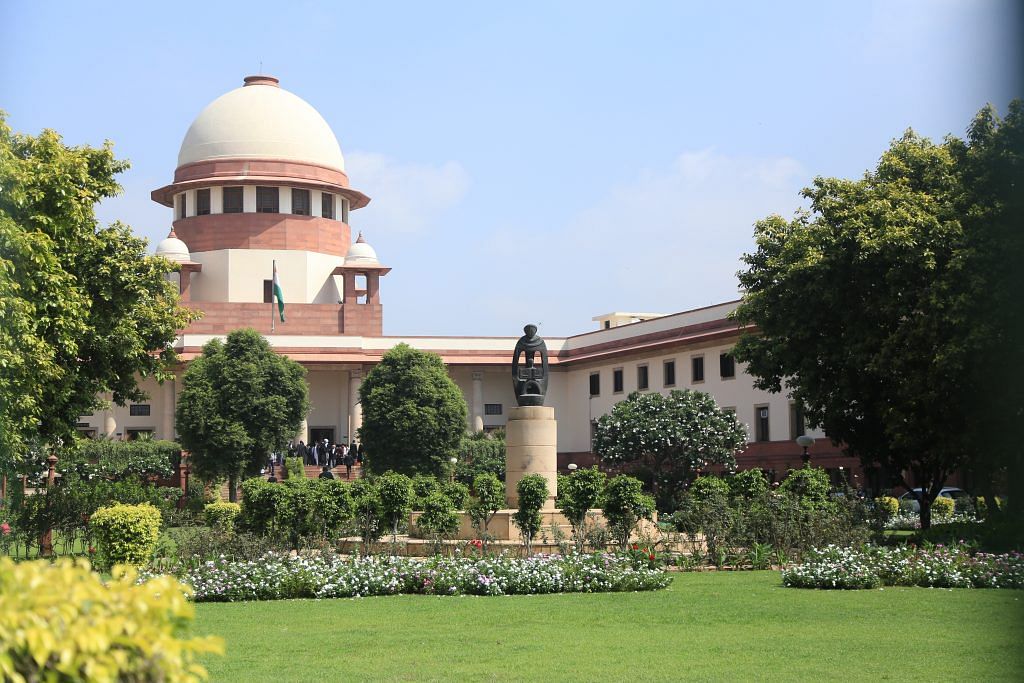On Supreme Court’s agenda is the question whether a mosque is an integral part in practice of Islam.
New Delhi: The Supreme Court’s decision in the Ayodhya dispute Thursday will resolve a tangential but significant bone of contention in the case — whether it is essential for a Muslim to pray only in a mosque?
The question may or may not have a direct bearing on the Ayodhya title dispute but it will determine if the final verdict in the case comes before or after the 2019 general elections.
The Supreme Court is set to decide whether its 1994 ruling, in which it held that praying in mosques is not an essential religious practice, must be reconsidered or not.
If the court decides to reconsider the 1994 three-judge bench ruling in Ismail Farooqui v Union of India, then the case will be referred to a larger bench.
The Ayodhya dispute will then be put on hold till the larger bench decides if the Farooqui case is indeed correct.
The answer to the question on whether a mosque is essential to offer namaaz will also determine the significance that has to be placed on the exact place of worship in the disputed 2.77 acres of land in Ayodhya.
Also read: Babri Masjid case judge moves Supreme Court to unblock his promotion
The answer will also have an impact on many other cases relating to mosques and not just on the Ayodhya dispute.
The 1994 ruling
In 1994, the Supreme Court had held that “a mosque is not an essential part of the practice of the religion of Islam” and that Muslims can offer namaz (prayer) anywhere, “even in the open”.
The Muslim side in the Ayodhya dispute argued that the Farooqui case had wrongly decided this question without actually applying the ‘essential religious practice test’.
Rajeev Dhawan, appearing for the petitioners, said that if the “congregation part of Islam is taken away, a large part of Islam goes worthless. Mosques are meant for congregation and prayer”.
The Farooqui ruling also allowed the Central government to acquire the disputed 2.77 acres, where Babri Masjid stood before the demolition in 1992, under the Acquisition of Certain Area at Ayodhya (ACAA) Act, 1993. The government had acquired a total land of 67.7 acres.
Also read: Photographers summoned for Babri trial worried about grainy memories of 1992 demolition
The religious practice test
The Supreme Court evolved the ‘essential religious practice test’ in 1954 to define the contours of the freedom of religion, a fundamental right under the Constitution.
Under the Constitution, a law that violates fundamental rights is invalid. Since every religious practice cannot be protected in a country with diverse religious practices, the court had said that only religious practices that are essential to practice the faith will be protected.
In the landmark 1954 case, the court also ruled that “what constitutes the essential part of a religion is primarily to be ascertained with reference to the doctrines of that religion itself.” This view has been consistently upheld in subsequent cases.
Dhawan has argued that Islamic hadees show that praying in a mosque is fundamental for a Muslim.
